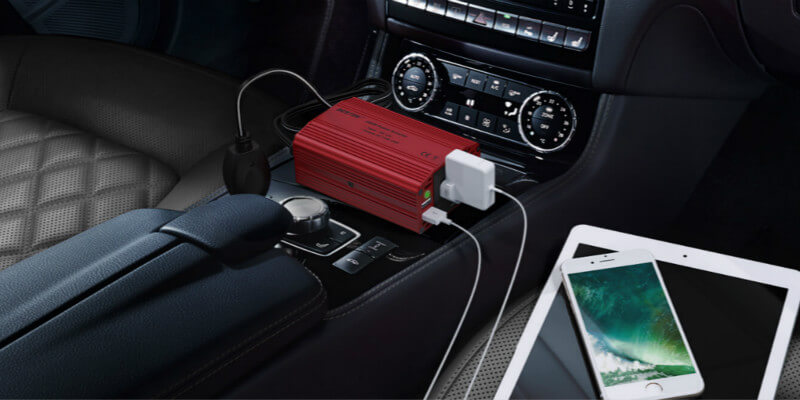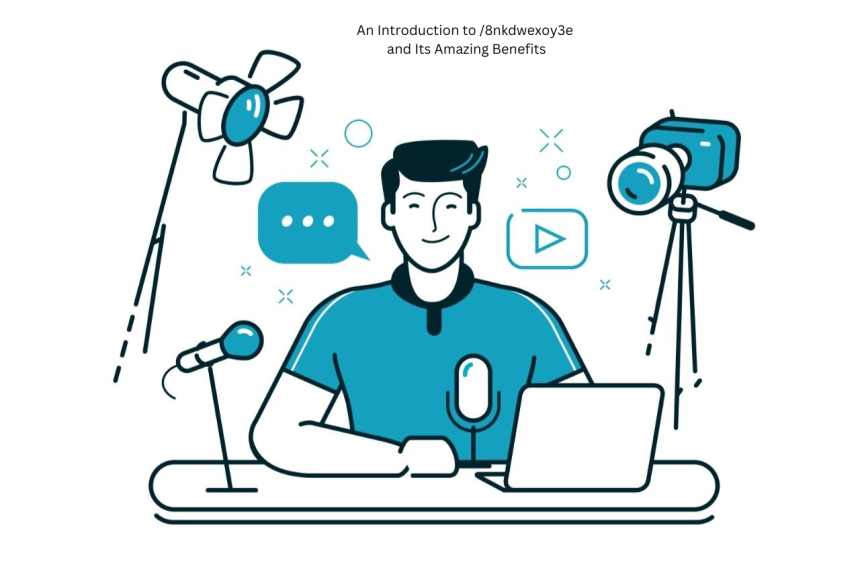How To Safely Use A Car Power Inverter: Dos And Don’ts

Car power inverters are incredibly useful devices that allow you to power your electronics, appliances and tools while you’re on the road. However, it’s important to use these devices safely to prevent damage to your car or injury to yourself. Here are some dos and don’ts to help you safely use a car power inverter:
Do: Choose the Right Size Inverter
One of the most important things to consider when using a Car Power Inverter is the size of the inverter. Inverters come in different sizes, and it’s important to choose the right size for your needs. You’ll need to consider the wattage of the devices you want to power, and choose an inverter with a wattage rating that is higher than the maximum wattage of your devices.
Don’t: Overload the Inverter
It’s important not to overload the inverter by connecting devices that require more power than the inverter can handle. This can cause the inverter to overheat, which can damage the inverter or even cause a fire. To prevent overloading the inverter, make sure you choose an inverter with a high enough wattage to handle your devices.
Do: Connect the Inverter Directly to the Car Battery
When connecting the inverter to your car, it’s important to connect it directly to the car battery. This will ensure that the inverter gets the power it needs to function properly. Make sure to use the appropriate cables and connectors, and follow the manufacturer’s instructions for connecting the inverter.
Don’t: Use the Inverter with a Dead Car Battery
If your car battery is dead, it’s not a good idea to use the inverter. The inverter requires a certain amount of power to function properly, and a dead car battery may not be able to provide enough power. This can cause the inverter to overheat or malfunction, which can damage the inverter or even cause a fire.
Do: Use the Inverter in a Well-Ventilated Area
When using a car power inverter, it’s important to use it in a well-ventilated area. This will help prevent the inverter from overheating, which can damage the inverter or even cause a fire. Make sure to use the inverter in a location where air can circulate around it, and avoid using it in enclosed spaces.
Don’t: Use the Inverter in Wet or Damp Conditions
It’s important to avoid using the inverter in wet or damp conditions, as this can increase the risk of electric shock or fire. Make sure to keep the inverter dry, and avoid using it in areas where it may be exposed to water or moisture.
Do: Turn Off the Inverter When Not in Use
When you’re not using the inverter, it’s important to turn it off to prevent it from draining your car battery. This will also help prevent the inverter from overheating, which can damage the inverter or even cause a fire.
Conclusion:
Car power inverters are incredibly useful devices that allow you to power your electronics, appliances and tools while you’re on the road. However, it’s important to use these devices safely to prevent damage to your car or injury to yourself. By following these dos and don’ts, you can ensure that you’re using your car power inverter safely and effectively.
Remember to choose the right size inverter, avoid overloading the inverter, connect the inverter directly to the car battery, use the inverter in a well-ventilated area, avoid using the inverter in wet or damp conditions, and turn off the inverter when not in use. With these tips in mind, you can enjoy the benefits of your car power inverter while staying safe on your adventures.





